At Litron, we’ve spent more than four decades developing state-of-the-art toxicology testing methods. Supporting both in vivo and in vitro systems, users around the world have access to these methods through these quality assured kits.
In Vivo Kits
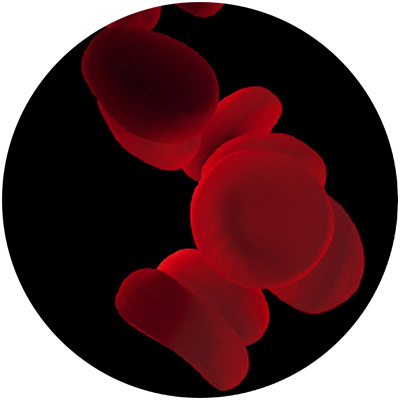
In Vivo Micronucleus
These MicroFlow kits use flow cytometry to analyze micronuclei in red blood cells. With this method, anti-CD71 antibodies distinguish mature and immature RBCs. Micronuclei are easily identified with a DNA stain. Calibration standards supplied with the kits allow reproducible results, day-to-day and lab-to-lab.
View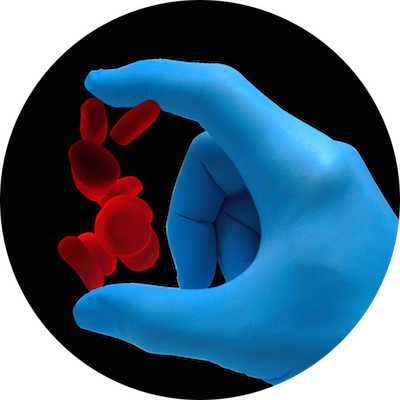
Human Micronucleus
This MicroFlow method uses flow cytometry to analyze micronuclei in red blood cells. These 'micronuclei' are sometimes called Howell-Jolly Bodies (HJB) in human blood. Micronuclei are easily identified with a DNA stain, while anti-CD71 antibodies distinguish mature and immature RBCs.
View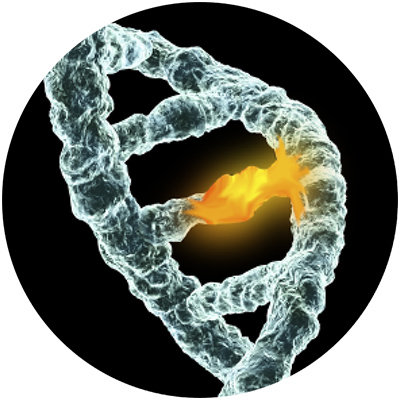
In Vivo Pig-a Gene Mutation
MutaFlow kits use flow cytometry to measure the frequency of Pig-a gene mutations in red blood cells. Wild type cells express CD59. Cells with a mutation in the Pig-a gene do not express CD59 on the cell surface. This difference is easily detected with a flow cytometer.
ViewIn Vitro Kits
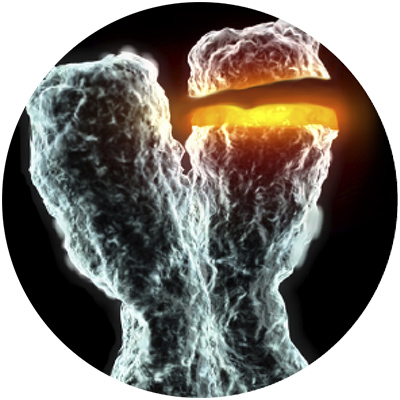
In Vitro Micronucleus
These MicroFlow kits use flow cytometry to analyze micronuclei in cell cultures. The key element of this method is the sequential staining. One staining step identifies dead and dying cells. The second step lyses cells and stains DNA. This approach allows you to distinguish micronuclei from other events, such as apoptotic bodies.
View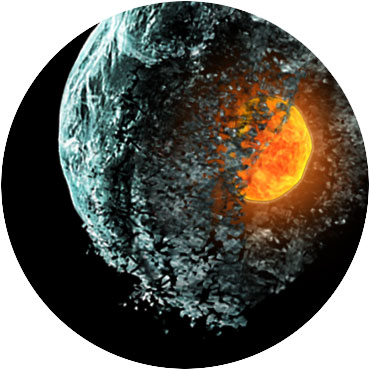
In Vitro MultiFlow
MultiFlow kits use a simple add-and-read method to quickly obtain information from multiple endpoints. Sample processing has been streamlined so that nuclei are liberated, nucleic acids are stained and nuclear epitopes are labeled, all in the same step. After a short incubation period, samples are ready for flow cytometric analysis.
View
In Vitro Pig-a Gene Mutation
These MutaFlow kits use flow cytometry in order to measure Pig-a gene mutations in cell cultures. These mutations prevent GPI anchors from forming, and without the anchors, specific markers on the exterior of the cells will not be present. This assay measures the frequency of cells without these surface markers (Pig-a mutant cells).
View